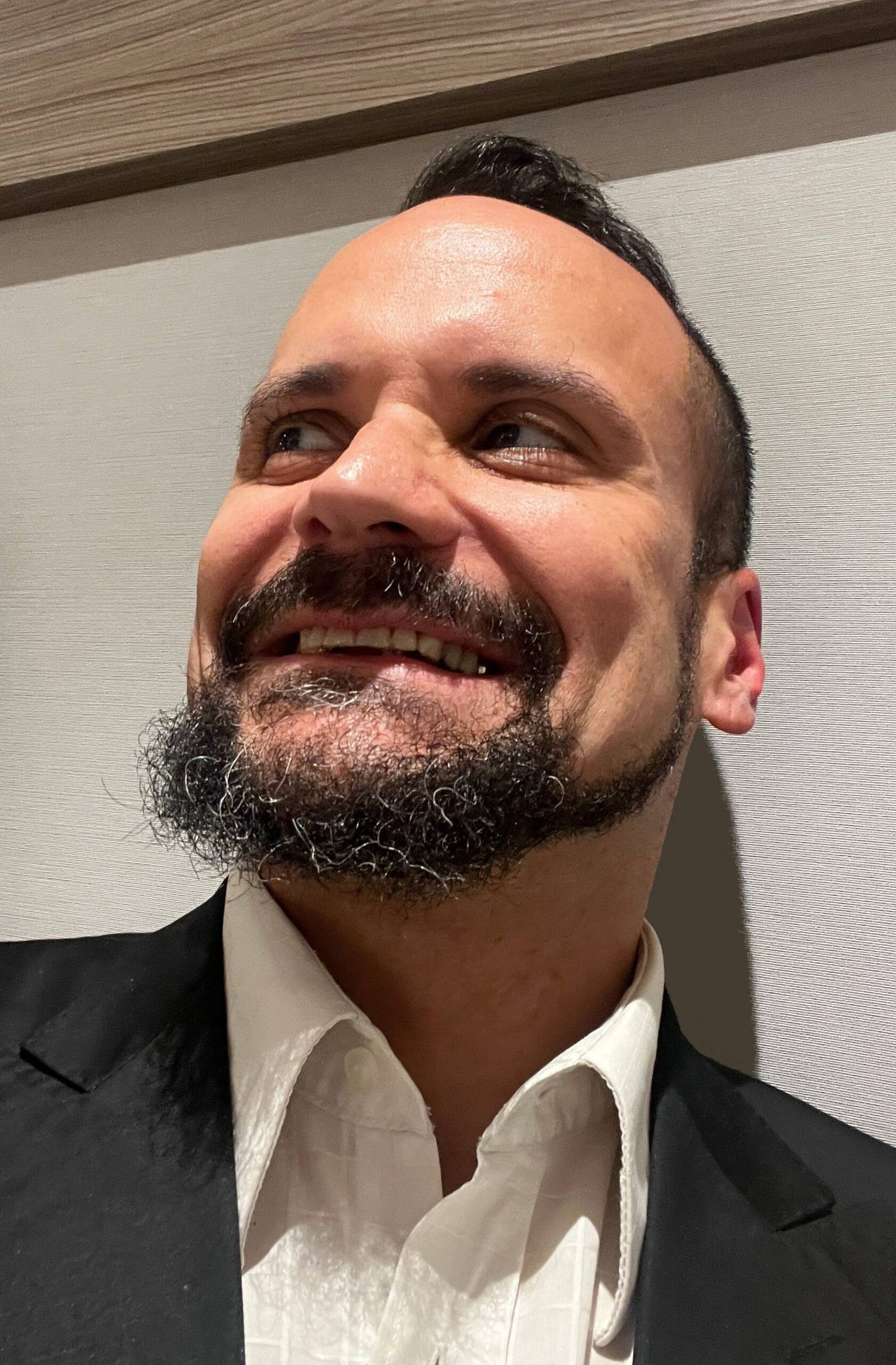




QUICK SNAP: LIVE FROM THE TALLINN BLACK NIGHTS FILM FESTIVAL
Monique’s husband has passed away. He had a heart attack while in his little wood cabin. Their adult children return from Montreal for his burial, and they are very concerned that mother might not be able to cope with the grief entirely on her own. The young adults find life in the countryside tedious and suffocating, but Monique begs to differ. She has led a mostly happy life in her remote corner of Eastern Quebec, and she has barely budged. Even the small and nearby city of Beau-Comeau feels far away. She hasn’t visited her birthplace in three decades, the town of Sturgeon Falls in Toronto (one of the few places in the English-speaking state where French is widely spoken).
Suddenly, Monique gathers the courage and gets behind the wheel. The death of her husband, in strange some way, has allowed Monique to be reborn. She visits her children in Montreal. They are kind and caring, yet they seem to have little time for her. She’s very fond of her daughter-in-law and grandchildren, however there is a language barrier. Monique only speaks French, while her new relatives only speak English. She also visits Sylvie, the widow of her late son (it’s never clear when and how he died). She decides to take her journey further and to drive overnight to Sturgeon Falls in search of the place where she lived, her grandparents’ old house and so on. She’s seeking to reconnecting to reconnect with the past an attempt to mitigate her grief.
The landscape is wintry. Almost everything is covered under a thick layer of snow. The tombstones in a cemetery are barely visible. In a way, the pervasive whiteness is calming and soothing. Perhaps Monique wishes to become snow-blind. In A Place to Live, Winter is not oppressive.
Monique is played Elise Guilbault. She’s quiet and stoical with a sad smile permanently attached to her face. She’s trying to conceal her suffering, but deep inside she’s experiencing a turmoil of sentiments and changes. She reminded me a lot of Charlotte Rampling in Under the Sand (Francois Ozon, 2000), which also deals with a middle-aged woman dealing with the unexpected loss of her partner. The biggest difference is that the topic of sexuality is entirely (and strangely) absent from A Place to Live.
All in all, A Place to Live is an effective and heartfelt piece, but it also lacks a certain dramatic depth. A third person voiceover isn’t entirely effective. It only serves to alienate viewers from the main character. Structurally, this is a very simple and conventional movie, made in accordance with the filmmaker’s manual. It lacks a little inventiveness.
A Place to Live is showing in Competition at the 22nd Tallinn Black Nights Film Festival, which is taking place right now. The topics of cold climate and loneliness fit in well which the Festival, which is intended to celebrate the solitary and dark nights near the Winter solstice. DMovies is following the event live, as special guests.






